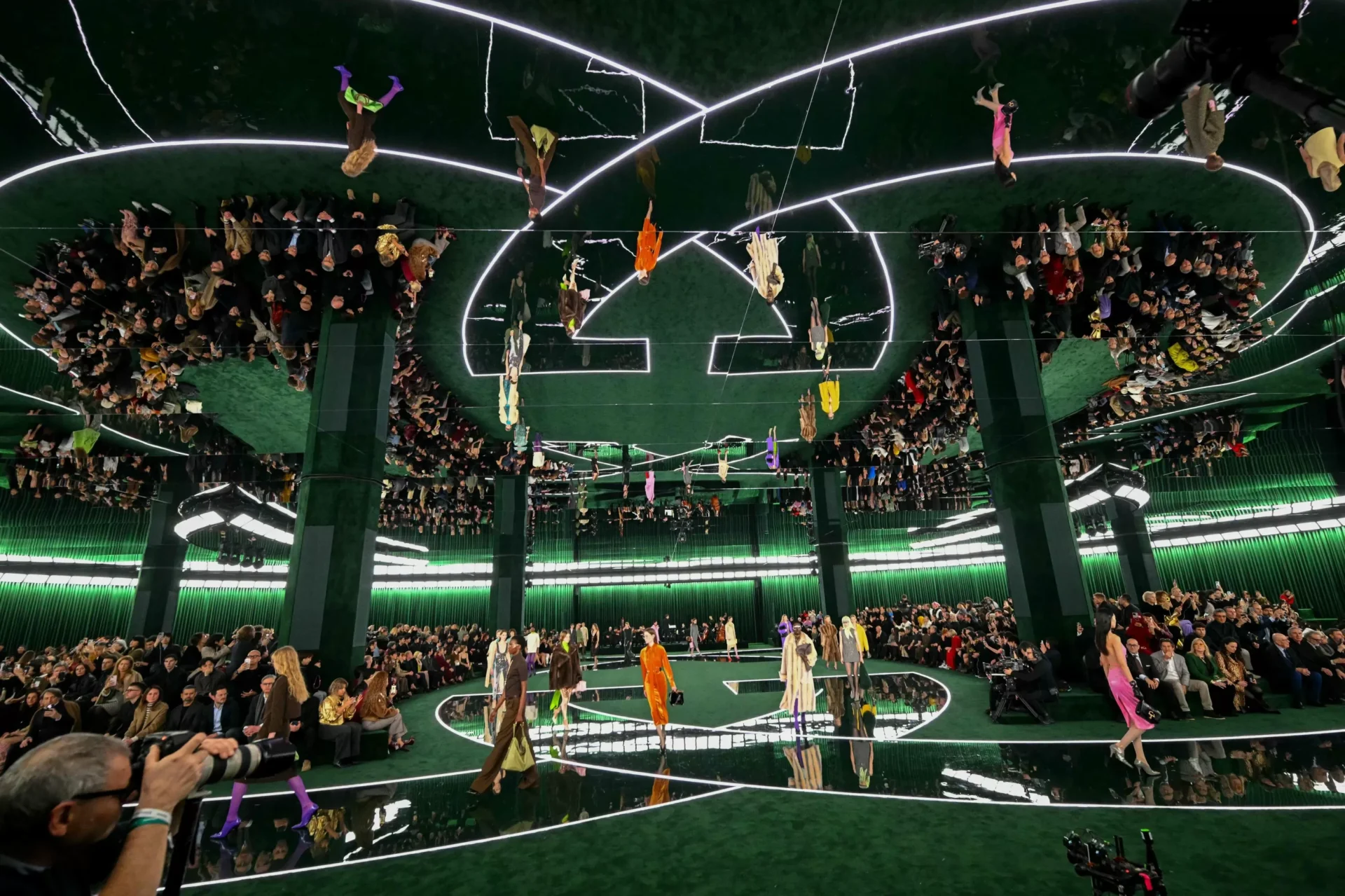Milan Fashion Week Autumn/Winter 2025 season was a masterclass in blending heritage with modernity. From bold statements to nostalgic references, the week showcased a strong sense of identity and innovation. The fashion capital of Italy once again proved why it is a leader in the global fashion industry.
The five-day event, which took place from February 24th to 29th, saw a mix of established luxury brands and emerging designers presenting their collections for the upcoming season. The runways were filled with extravagant sets, stunning garments, and unique styling that left the audience in awe.
As the week came to a close, it was evident that a common theme ran through the collections – the fusion of heritage and modernity. Designers paid tribute to their roots while incorporating new techniques and materials, resulting in a perfect mix of tradition and innovation.
One of the biggest highlights of the week was the Versace show. Donatella Versace presented a collection that was a celebration of the brand’s heritage, with a modern twist. The iconic Versace prints were reimagined in bold new colors, and the brand’s signature Medusa head was seen in new and creative ways. The collection also showcased a strong sense of diversity, with models of all ages, sizes, and ethnicities gracing the runway.
Another brand that impressed with its blending of heritage and modernity was Moschino. Creative director Jeremy Scott paid homage to the Italian heritage of the brand by incorporating elements of traditional Italian culture into his designs. From hand-painted prints of iconic landmarks to bold colors and extravagant accessories, the collection was a perfect representation of the brand’s roots.
Gucci, known for its eccentric and eclectic designs, also stayed true to its roots while bringing a modern twist. Creative director Alessandro Michele presented a collection that was a combination of opulence and street style. The brand’s iconic horsebit details were seen on statement coats and dresses, while oversized jewelry and headpieces added a touch of modernity to the looks.
Nostalgia was a prominent theme throughout the week, with several designers taking inspiration from the past to create modern collections. Prada’s Fall/Winter 2025 collection was a tribute to the brand’s signature ’90s aesthetic, with classic silhouettes and bold prints. Fendi also played with nostalgia, with a collection that paid homage to the brand’s iconic baguette bag and incorporated retro elements into its designs.
In addition to heritage and nostalgia, sustainability was another key aspect of the Milan Fashion Week. Many designers showcased eco-friendly and ethical designs, a reflection of the growing awareness and demand for sustainable fashion. Stella McCartney’s collection, for example, was entirely vegan and made from recycled materials, while Salvatore Ferragamo presented a collection made from upcycled materials.
The week also saw the rise of emerging designers, who brought fresh and innovative perspectives to the runway. Italian designer Andrea Marrari’s debut collection was a blend of traditional tailoring techniques and futuristic silhouettes, while London-based designer Frankie Kluger’s collection showcased a fusion of streetwear and couture.
The beauty looks were also a highlight of the week, with makeup and hair artists experimenting with bold and unconventional looks. Statement lips, graphic eyeliner, and avant-garde hairstyles were seen on the models, further adding to the overall theme of blending heritage with modernity.
Milan Fashion Week Autumn/Winter 2025 season was a testament to the creativity and ingenuity of the fashion industry. It showed that fashion is not just about trends and commercial success, but also about preserving heritage and embracing innovation. The week left a lasting impression on attendees and viewers, inspiring them to incorporate the concept of blending heritage with modernity into their own personal style.
As the curtains closed on yet another successful fashion week, it became clear that Milan is not just a fashion capital but a master of blending tradition with modernity. The designers, the collections, and the overall atmosphere of the week proved that the city will continue to be a driving force in the fashion world for years to come.

